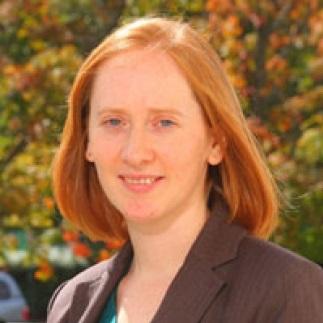Dynamics of development: Infrastructure, migration and crowding
Migration of individuals from rural to urban areas is a fundamental part of the development process. One might think of the process of “development” as being complete only when urbanization is complete. Despite an old tradition in economics of modeling this process and an ongoing debate about whether poverty reduction efforts would achieve more by prioritizing rural or urban development, there is still much to be learned about flows of individuals into urban areas in modern times and in different places; about the effect of spatially targeted government investments on these flows; and about the overall welfare effects of such investments, given any migration response.
A simple example highlights what we aim to measure in this project: Suppose a government improves the quality of some areas by building schools. In-migration of individuals to these areas will improve access to schools for a larger group of children, while at the same time potentially leading to overcrowding at health clinics that are not expanded simultaneously. Hence, education outcomes could improve while health outcomes for these same children could deteriorate. On net, accounting for both the new schools and the overcrowding at the health clinics, how beneficial is the school construction program?
Although migration is often treated as a nuisance variable in evaluations of the effects of new infrastructure, our project takes migration flows seriously as outcomes of interest for development economists and for governments in developing countries. The results of our analysis will be important in assisting policymakers in (a) prioritizing and possibly bundling infrastructural investments; and (b) evaluating the welfare impacts of specific investments. Our analysis will also help to bridge the gap between localized program evaluation and macroeconomic outcomes: By evaluating infrastructure investments in general equilibrium – taking account of their impact not only on local residents and targeted outcomes, but also on residents of other parts of the country and on a range of outcome variables – we can begin to measure the full effect of a project on the economy.
As usual in studies of the effect of infrastructure, a fundamental challenge is to identify cases where we can be sure that changes in infrastructure cause the changes in migration that we observe, rather than changes in migration causing the government to provide more infrastructure. Our research will revisit two examples in which previous researchers have identified plausibly exogenous variation in infrastructure spending: Dinkelman’s (2008) analysis of rural electrification in South Africa and Duflo and Pande’s (2007) analysis of dam construction in India. These researchers examined migration responses to infrastructure changes but did not investigate the effects of the migration on other public goods. We will be able to use their identification strategies to determine whether, for example, rural electrification resulted in overcrowding of public services such as schools and sanitation facilities. Our analysis will make extensive use of multiple sources of existing household survey data matched with administrative data on infrastructure spending and rollout.
Project outputs

Evaluating the welfare effects of a location-based program in the presence of migration: A method and some examples

Migration, congestion externalities, and the evaluation of spatial investments

Migration, congestion externalities, and the evaluation of spatial investments





